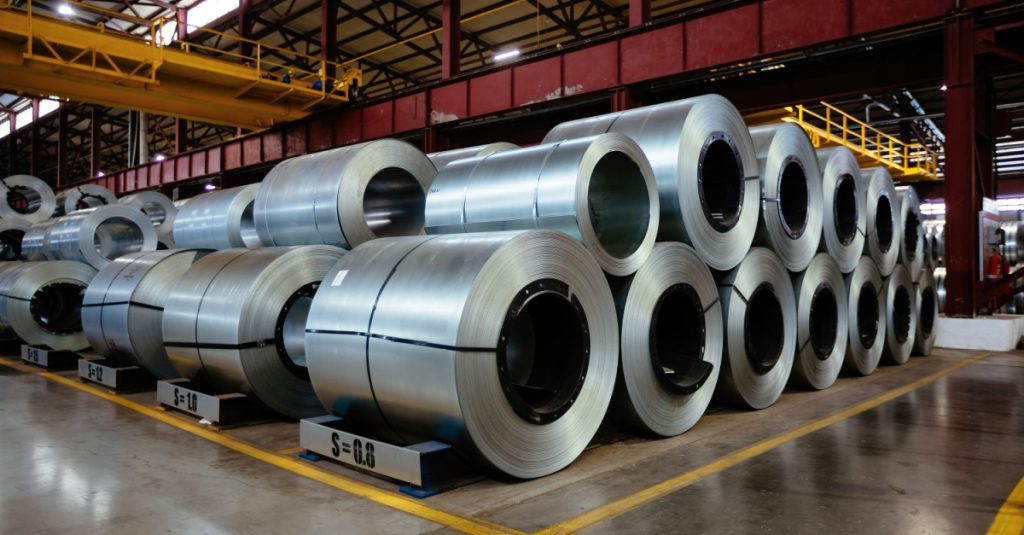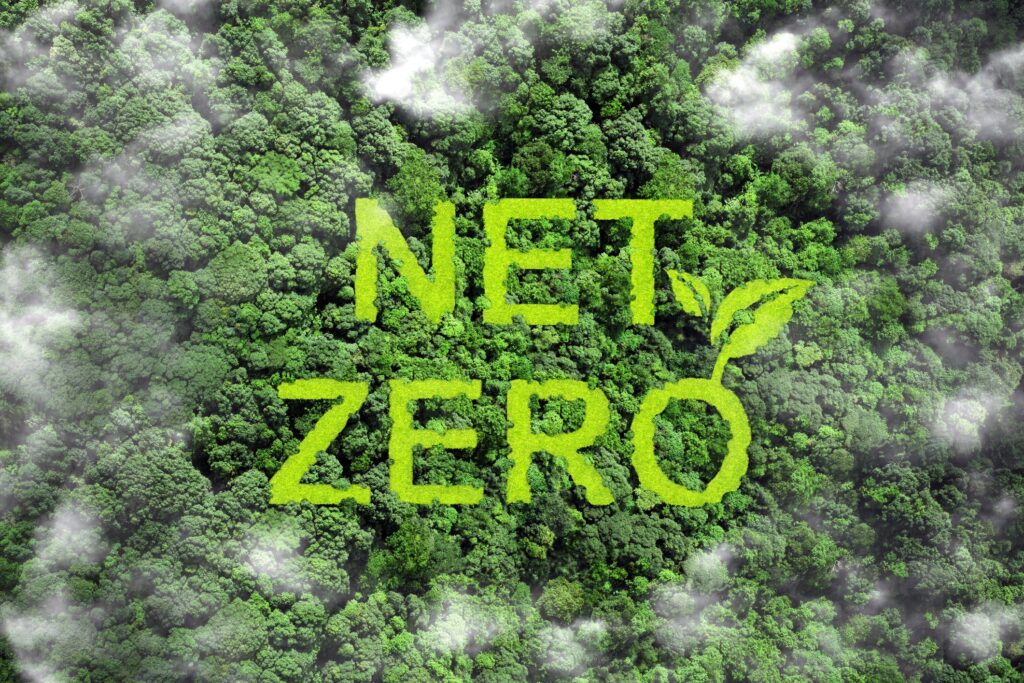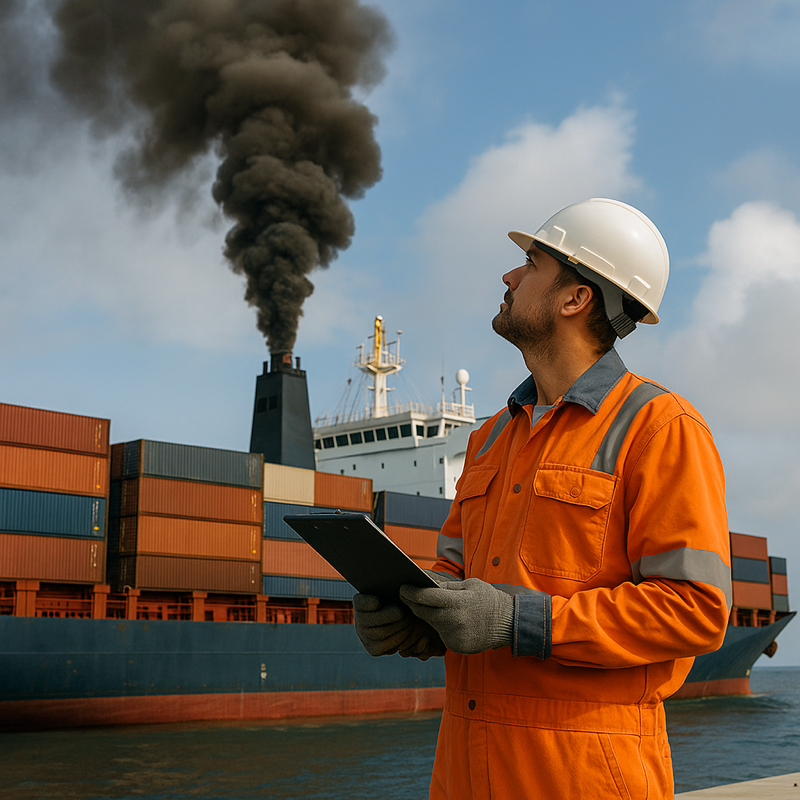The Office of the United States Trade Representative (USTR) and the EU have been working on the Global Arrangement on Sustainable Steel and Aluminum since October 2021, but this initiative regained attention in June 2023 when Trade Representative Katherine Tai asked the United States International Trade Commission (USITC) to help inform their latest Global Arrangement discussions. In her letter, she called for an investigation and report on the GHG emissions intensity of U.S.-produced steel and aluminum, including Scope 1, 2, and 3 emissions, specifying each category as follows.
- Scope 1 Emissions – Direct emissions from a production facility’s own sources, which include emissions from fuel combustion, industrial processes, and the electricity generation owned by the facility.
- Scope 2 Emissions – Indirect emissions stemming from a facility’s purchased energy, which includes electricity, heating, cooling, or steam.
- Scope 3 Emissions – Indirect emissions outside of Scope 2, in this case, focusing on certain aspects of the upstream production chain, including steel and aluminum input materials like unwrought aluminum. The origin of these goods must be traced back to the country where the initial processing occurred—defined as the “country of smelt” for aluminum and “country of melt and pour” for steel
Note that while these details of Scope 1, 2, and 3 emissions are specific to this reporting scenario, they serve as a good example of these categories of emissions and the level of detail required of companies doing their own reporting.
What is the Goal of the Global Arrangement on Sustainable Steel and Aluminum?
With the help of the USITC investigation and report, the goal of the USTR and the EU is to form a partnership through the Global Arrangement that addresses the steel and aluminum trade in two ways: reducing the carbon intensity of these industries and countering global excess capacity in these industries, both to lessen the contribution to global climate change.
A key part of this partnership between the U.S. and EU includes changes to tariffs. In 2018, then-President Trump imposed tariffs on steel and aluminum exports from Europe, causing the EU to impose their own tariffs. The U.S. and the EU have agreed to pause these measures while seeking a better solution. If an arrangement is not reached by October 31, tariffs may return, although it’s likely that they will have some flexibility to extend the deadline.
U.S. Trade Representative Katherine Tai has proposed that other nations come together and agree to raise tariffs on steel and aluminum imports produced with high carbon intensive processes. While no countries are directly named in reference to this concern, nor in reference to the concern of the production of excess capacity of steel and aluminum, these practices are associated primarily with China. By teaming up with like-minded partners, the U.S. and the EU aim to set greener global standards that reduce the carbon footprint of these materials and lower market capacity.
What are the Implications?
Both the Global Arrangement by itself and the USTR’s call for reporting on the emissions of steel and aluminum facilities may have effects that companies should be aware of.
The implications of the Global Arrangement:
For Steel and Aluminum Producers – The direct impact will be on these two industries. With both the U.S. and EU aiming to reduce carbon-intensive steel and aluminum imports, they are encouraging the adoption of cleaner production methods. Producers in other countries using carbon-intensive methods could face challenges accessing the world’s largest markets, experiencing a significant decline in exports.
For Manufacturers and Consumers – As steel and aluminum are essential to many types of products, changes in their prices due to the Global Arrangement could affect product costs. If the Global Arrangement leads to higher costs for producers, consumers might see price increases in certain items.
Reporting on steel and aluminum production-related carbon emissions could have the following implications:
For Reporting Facilities – Facilities producing steel and aluminum must maintain detailed and accurate record of their emissions across Scopes 1, 2, and 3 as previously mentioned. Facilities should be prepared for this added demand in terms of the time and resources it takes to invest in complying with the latest reporting standards. This could involve adopting emissions-tracking tools or hiring experts to help them navigate reporting and compliance processes.
For Innovation and Research & Development – With the focus on reducing emissions, this could lead to more investment in research and development to find sustainable production methods, resulting in new advancements in the sector.
For Other Industries – This is just one specific example of increased carbon emissions reporting requirements. More companies are having to think about sustainability, reducing emissions, and reporting, and even for those not dealing with steel and aluminum, there are business advantages to getting started on their sustainability journey now. They can position themselves as an eco-friendly option for their customers and be prepared for any future regulations that might directly apply to them.
How to Navigate Sustainability Goal-Setting and Prepare for Future Regulations
By thinking about Scope 3 carbon emissions now, companies can ensure they’re taking the optimal approach to mitigation and reporting. Here are three key ways they can be ready.
1. Ensure Streamlined Access to Actionable Analytics
As the foundation for any sustainability initiatives or reporting, companies must have access to reliable data to fully understand their carbon emissions. Taking this a step further, they also need real-time, accurate, and actionable insights that facilitate better decisions. With Greenabl, this process is completely streamlined on our platform, with APIs providing the option for companies to get the emissions-tracking data and analytics they need, in the system where they need it. Greenabl ensures that companies can base their strategies on a complete and accurate understanding of their current emissions.
2. Employ Expert-Designed Measurement Framework
Relying on trusted frameworks is the best way to ensure measurements and calculations are high quality and reliable. Greenabl uses the Global Logistics Emissions Council, or GLEC, framework methodology, which aligns with ISO 14083 standards. This framework helps companies meet regulatory expectations and equips them with accurate data for informing their mitigation strategies. With Greenabl’s platform, companies can be confident they are using the best practices in carbon emissions measurement.
3. Engage Data-Driven Mitigation Practices
While measurement is crucial, the end goal is the mitigation of carbon emissions. For companies to truly make a difference and meet upcoming regulations, they must engage in practices that use data to drive effective emission reductions. Greenabl helps companies turn their data into action, offering strategic insights through reporting and analytics. Greenabl has also partnered with Cloverly to provide direct access to a consolidated marketplace for certified carbon credits and removals as another way companies can reduce their carbon footprint.
Partner with Greenabl to Get Ahead of the Curve
The steel and aluminum industries are just one area of current development for carbon emission reporting requirements. Regardless of which regulations companies are subject to, they can set themselves apart from their competition by establishing a focus on sustainability that serves them in the years to come. Having a partner like Greenabl on your side can get your business there faster, helping you navigate every detail from accurate reporting and decarbonization strategies to carbon offsetting.


